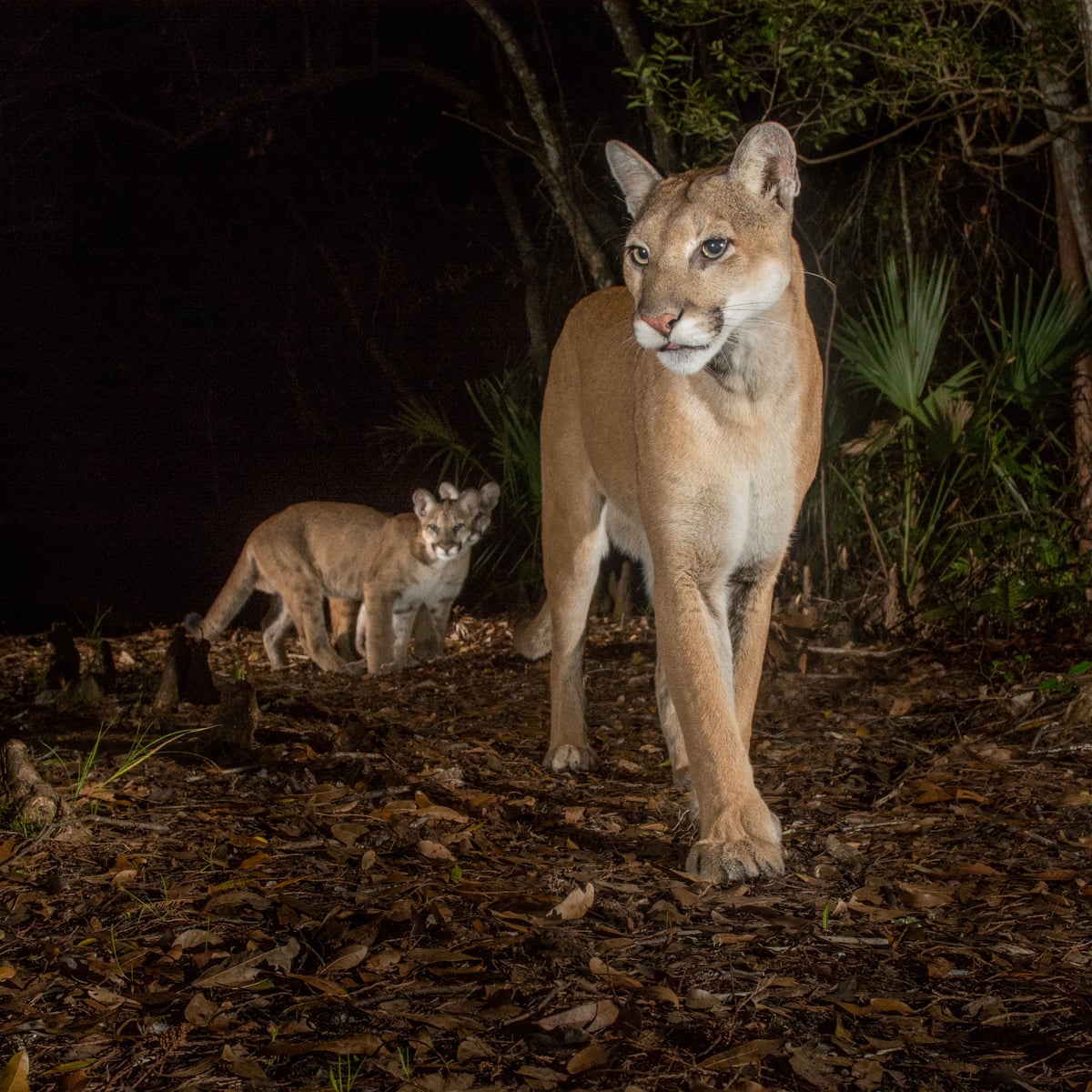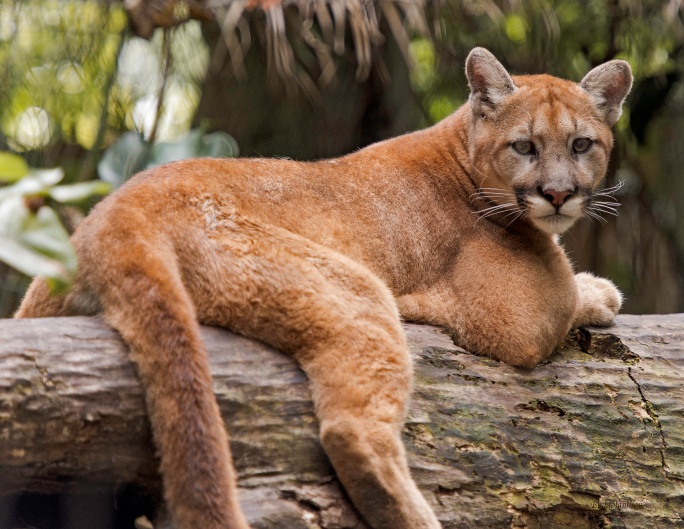Florida is facing an ecological crisis due to human activity, including deforestation, agriculture, and development. The state is also home to one of the most endangered cats in America, the Florida panther. But, surprisingly, the panther could be the key to saving Florida’s ecosystem.

The Florida panther was once abundant throughout the southeastern United States, but now it is restricted to a small population in the southern tip of Florida. The panther is a top predator and plays a vital role in maintaining the ecological balance of the region. Its decline is a symptom of larger issues, such as habitat destruction and fragmentation, which threaten the survival of many species in Florida.

The Florida panther’s conservation has been a priority for decades, but despite efforts to protect the animal, its population continues to dwindle. However, recent research has shown that panthers could be the key to restoring Florida’s ecosystem.
Panthers feed on deer, which are overpopulated in Florida due to the absence of natural predators. The overpopulation of deer leads to overbrowsing of vegetation, which can lead to soil erosion and loss of biodiversity. By preying on deer, panthers help to control their population and promote a healthier ecosystem.

Additionally, panthers require large territories to roam, which can promote the preservation of natural habitats. The protection and expansion of panther habitat can benefit other endangered species that share the same habitat, as well as prevent further habitat destruction.
The Florida panther is also an umbrella species, meaning that its conservation benefits many other species that share the same habitat. Protecting the panther would also help protect the Florida ecosystem as a whole.
To save the Florida panther and its habitat, conservation efforts must focus on protecting and expanding its habitat. This can be achieved through initiatives such as land acquisition, habitat restoration, and the creation of wildlife corridors. Conservation efforts must also focus on reducing human-wildlife conflicts, such as collisions between panthers and vehicles.

In conclusion, the Florida panther, despite being one of America’s most endangered cats, could be the key to saving Florida’s ecosystem. By protecting and expanding its habitat, we can ensure the survival of the panther, promote a healthier ecosystem, and prevent further habitat destruction. The conservation of the Florida panther is crucial for the survival of many species and the preservation of Florida’s unique ecosystem.








